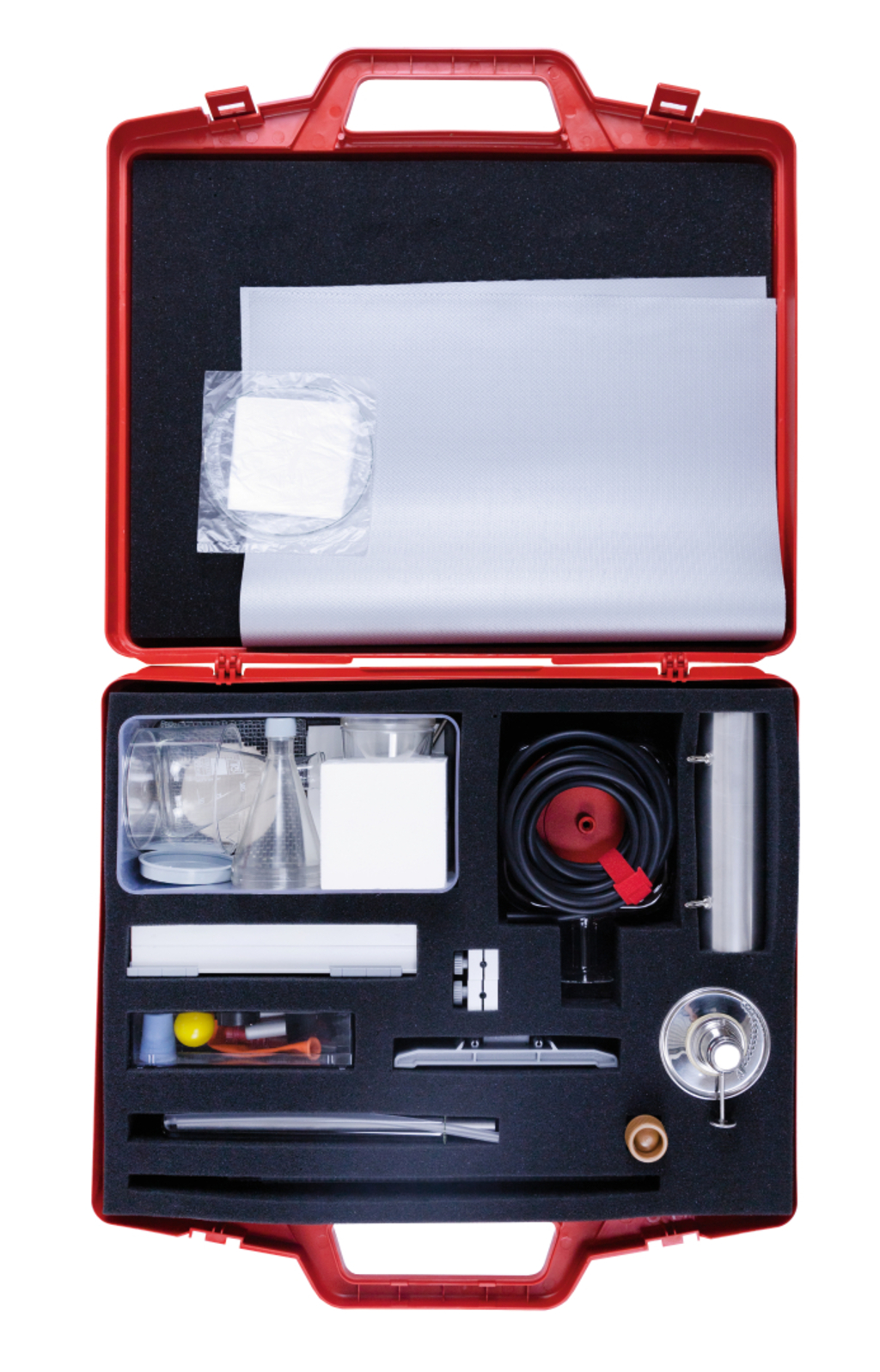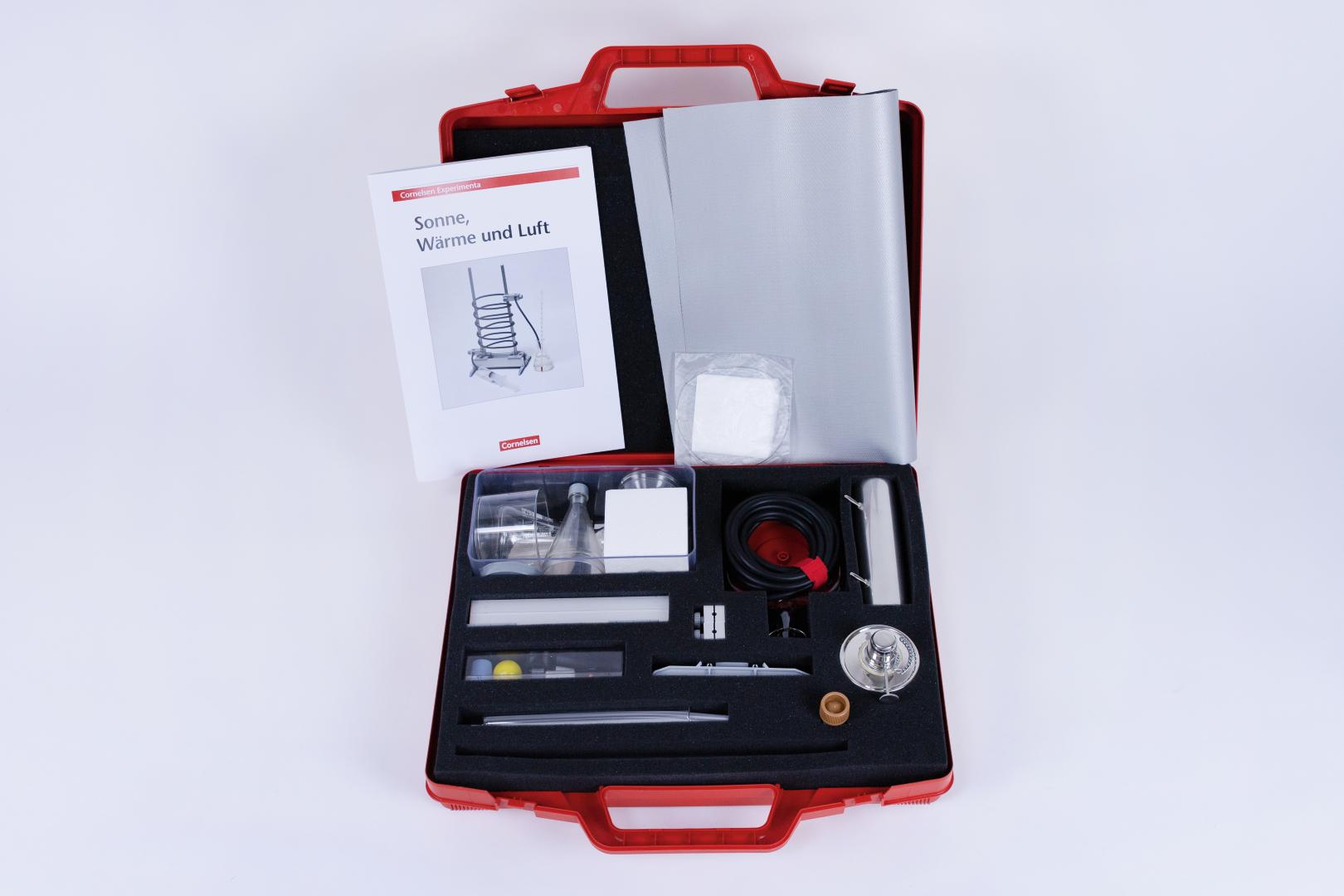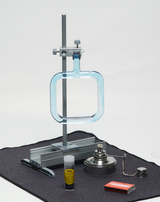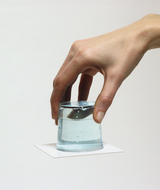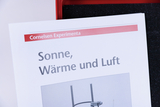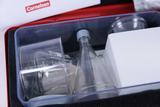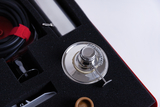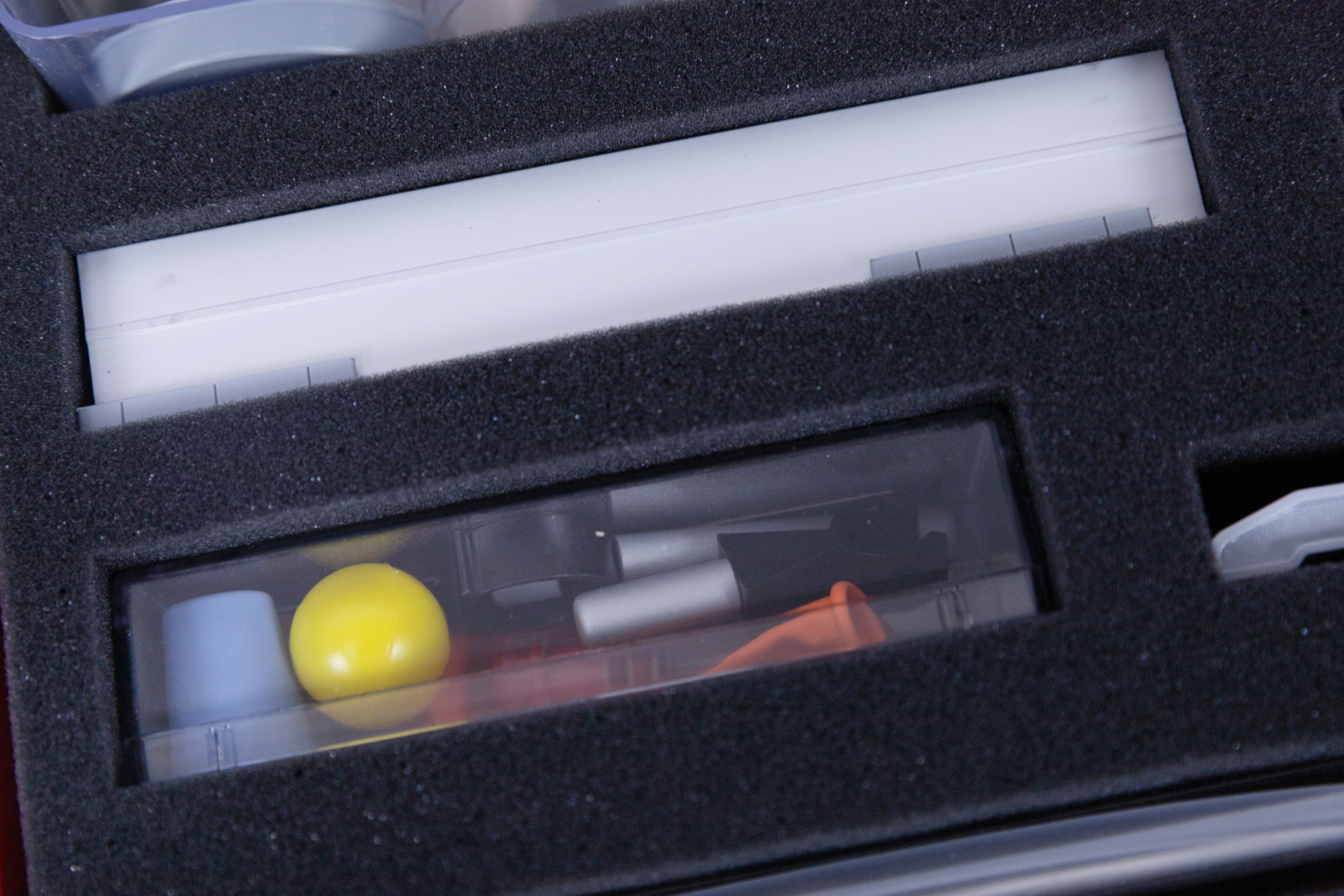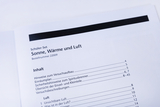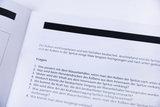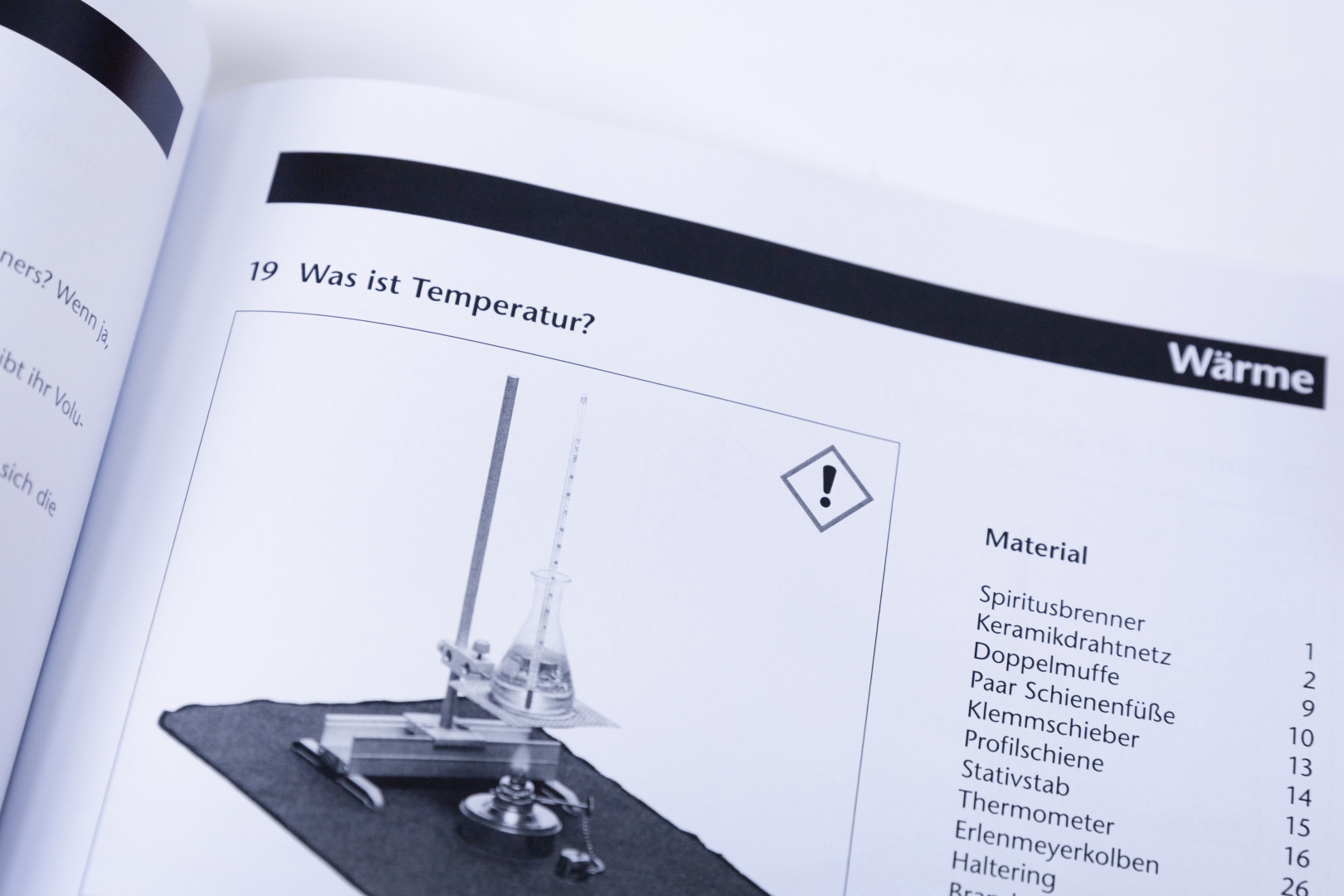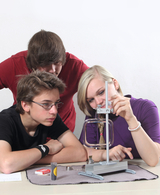Students kit Sun, heat and air
This kit contains equipment and resources for scientific experiments covering multiple disciplines to study the properties of the air around us and the nature of heat.
On the basis of a whole range of experiments, it is possible to learn about basic properties of air and the effects of air pressure.
In a further set of topics, experiments are performed to elucidate the concept of heat and how heat from the sun could be utilised.
Age 11-14
Materials for 1 work group or demonstration
We will shortly provide you with a description of the experiment at this point.
We will shortly provide you with a description of the experiment at this point.
We will shortly provide you with a description of the experiment at this point.
We will shortly provide you with a description of the experiment at this point.
We will shortly provide you with a description of the experiment at this point.
We will shortly provide you with a description of the experiment at this point.
We will shortly provide you with a description of the experiment at this point.
We will shortly provide you with a description of the experiment at this point.
We will shortly provide you with a description of the experiment at this point.
We will shortly provide you with a description of the experiment at this point.
We will shortly provide you with a description of the experiment at this point.
We will shortly provide you with a description of the experiment at this point.
We will shortly provide you with a description of the experiment at this point.
We will shortly provide you with a description of the experiment at this point.
We will shortly provide you with a description of the experiment at this point.
We will shortly provide you with a description of the experiment at this point.
We will shortly provide you with a description of the experiment at this point.
We will shortly provide you with a description of the experiment at this point.
We will shortly provide you with a description of the experiment at this point.
We will shortly provide you with a description of the experiment at this point.
We will shortly provide you with a description of the experiment at this point.
We will shortly provide you with a description of the experiment at this point.
We will shortly provide you with a description of the experiment at this point.
We will shortly provide you with a description of the experiment at this point.
We will shortly provide you with a description of the experiment at this point.
We will shortly provide you with a description of the experiment at this point.
We will shortly provide you with a description of the experiment at this point.
We will shortly provide you with a description of the experiment at this point.
We will shortly provide you with a description of the experiment at this point.
- 1 × Insulating block for plastic beaker
- 1 × Rubber stopper 24/18 mm with bore 6 mm
- 1 × Colouring agent, blue
- 1 × Beaker, plastic 250 ml, graduated
- 1 × Plastic box 140/50/35 mm
- 1 × Trough, plastic transp. 210x110x80 mm
- 1 × Screen white, plastic 90x90x1 mm
- 1 × Heat resistant pad, 50x35 cm
- 1 × Heat protection gauze
- 1 × Metal crucible 50mmØ
- 1 × Syringe 30 ml
- 1 × Foam insert for 22009 426x325x65 mm
- 1 × Aluminium tube, 200x8 mm
- 1 × Rubber tubing, black 3 mmØ/300 cm long
- 1 × Heat stack with two plugs
- 2 × Bosshead with slit
- 1 × Retaining ring 75 mm Ø
- 1 × Rail, 180 mm
- 2 × Clamp slider
- 1 × Holding clip on rod, 15 mm Ø
- 1 × Suction flask 90 ml
- 1 × Funnel for the suction flask 47563, 60 mm ø
- 1 × Beaker, plastic, 100 ml
- 1 × Air cushion disc
- 1 × Rubber balloons, 100 pcs.
- 1 × Mini-hot-air balloon ca.40x32 cm, w. manual
- 1 × Bimetallic strip
- 1 × Convection tube, glass students type
- 1 × Thermometer, red spirit -10+110°C:1°C
- 1 × Storage box, red 430x330x99 mm
- 1 × Carton for storage box, 481x425x107
- 1 × Foam insert, 430x320x40mm
- 1 × Glass tube, straight, 200 mm
- 1 × Rubber stopper 13/9 mm
- 1 × Rubber stopper 24/19 mm, 1 hole 8mm
- 1 × Tubing coupling
- 1 × Spirit burner, metal
- 1 × Holding clip on rod, 25 mm Ø (rod: 60x10 mm)
- 1 ×
- 1 ×
- 1 ×
- 2 ×
- 2 ×
- 1 ×
- 1 ×
- 1 ×
- 1 ×
- 1 ×
- 1 ×
